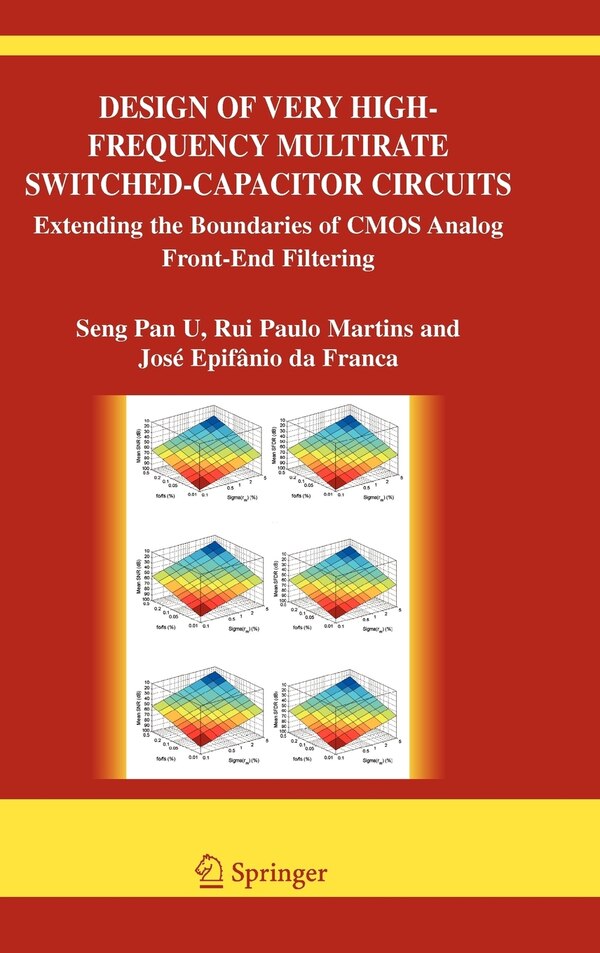Home
Design And Performance Calculations Of A Propeller For Very High Altitude Flight by L Danielle Koch, Paperback | Indigo Chapters
Loading Inventory...
Indigo
Design And Performance Calculations Of A Propeller For Very High Altitude Flight by L Danielle Koch, Paperback | Indigo Chapters
From L Danielle Koch
Current price: $60.51


Indigo
Design And Performance Calculations Of A Propeller For Very High Altitude Flight by L Danielle Koch, Paperback | Indigo Chapters
From L Danielle Koch
Current price: $60.51
Loading Inventory...
Size: 0.29 x 9.69 x 0.56
*Product information may vary - to confirm product availability, pricing, shipping and return information please contact Indigo
Reported here is a design study of a propeller for a vehicle capable of subsonic flight in Earth's stratosphere. All propellers presented were required to absorb 63.4 kW (85 hp) at 25.9 km (85, 000 ft) while aircraft cruise velocity was maintained at Mach 0.40. To produce the final design, classic momentum and blade-element theories were combined with two and three-dimensional results from the Advanced Ducted Propfan Analysis Code (ADPAC), a numerical Navier-Stokes analysis code. The Eppler 387 airfoil was used for each of the constant section propeller designs compared. Experimental data from the Langley Low-Turbulence Pressure Tunnel was used in the strip theory design and analysis programs written. The experimental data was also used to validate ADPAC at a Reynolds numbers of 60, 000 and a Mach number of 0.20. Experimental and calculated surface pressure coefficients are compared for a range of angles of attack. Since low Reynolds number transonic experimental data was unavailable, ADPAC was used to generate two-dimensional section performance predictions for Reynolds numbers of 60, 000 and 100, 000 and Mach numbers ranging from 0.45 to 0.75. Surface pressure coefficients are presented for selected angles of attack. in addition to the variation of lift and drag coefficients at each flow condition. A three-dimensional model of the final design was made which ADPAC used to calculated propeller performance. ADPAC performance predictions were compared with strip-theory calculations at design point. Propeller efficiency predicted by ADPAC was within 1.5% of that calculated by strip theory methods, although ADPAC predictions of thrust, power, and torque coefficients were approximately 5% lower than the strip theory results. Simplifying assumptions made in the strip theory account for the differences seen. | Design And Performance Calculations Of A Propeller For Very High Altitude Flight by L Danielle Koch, Paperback | Indigo Chapters














